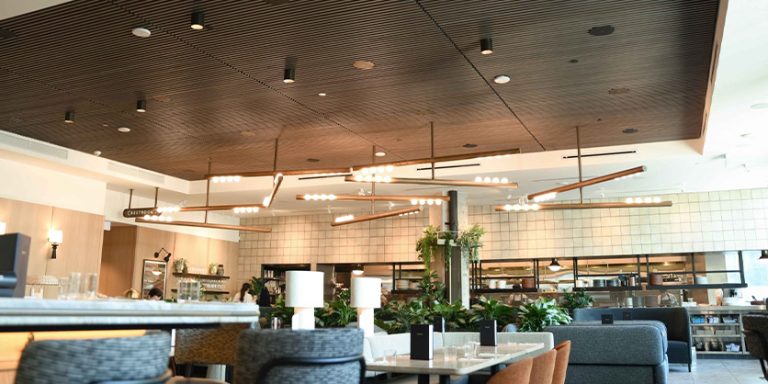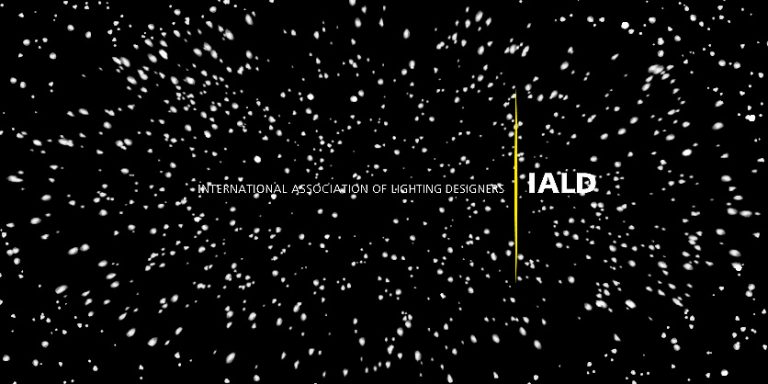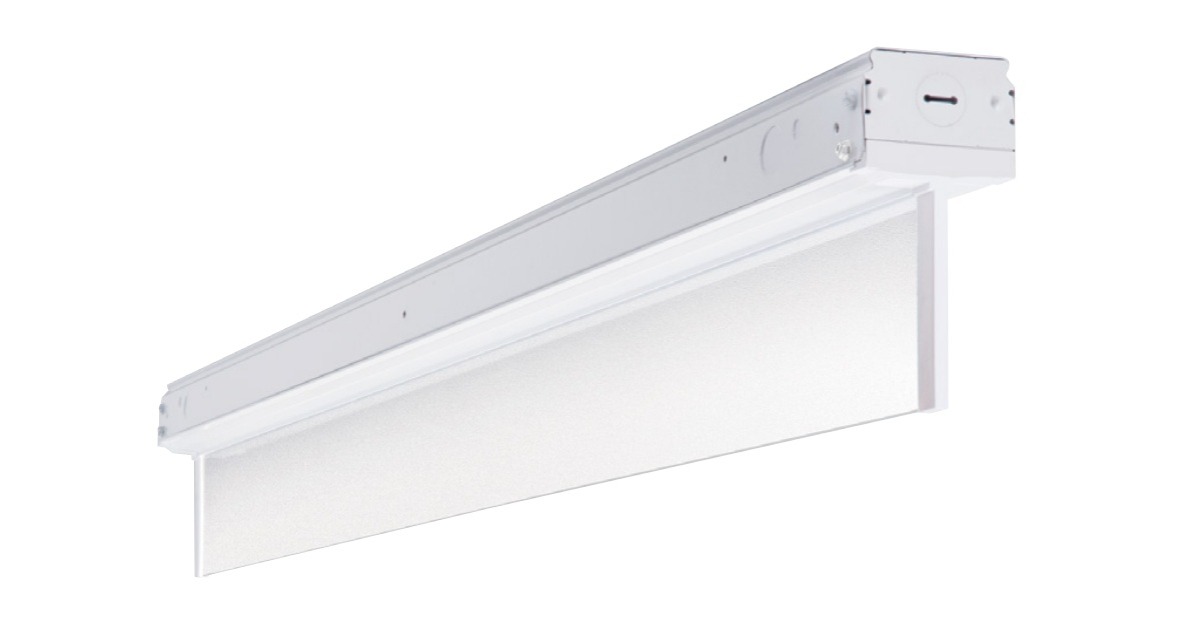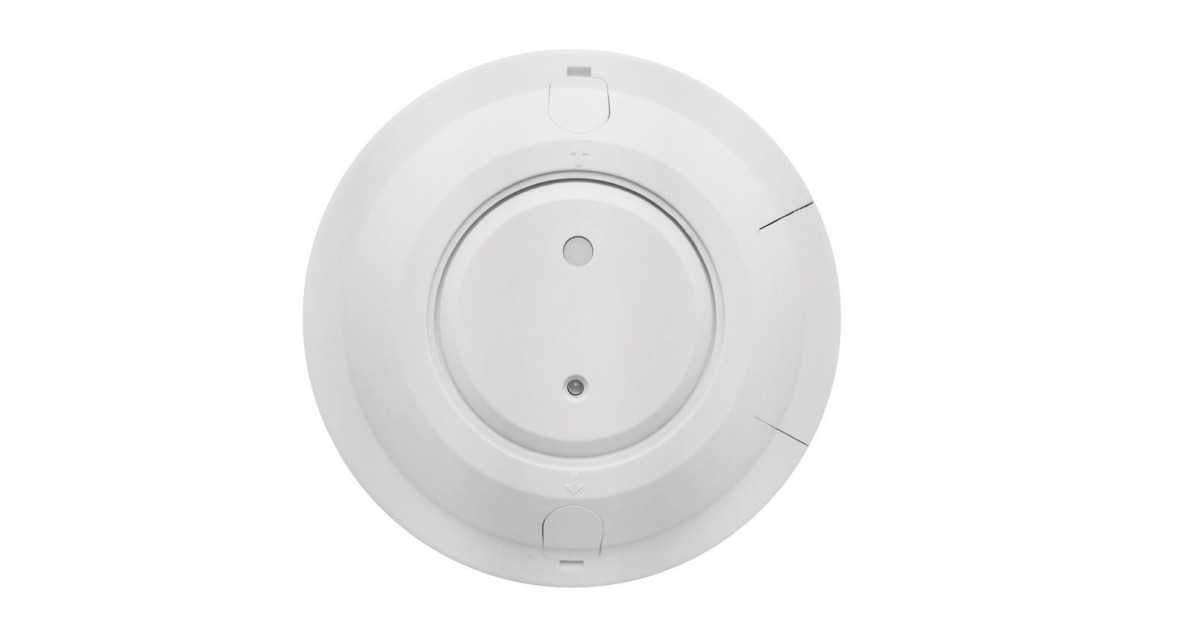22 Lighting Design Projects Receive IALD Awards
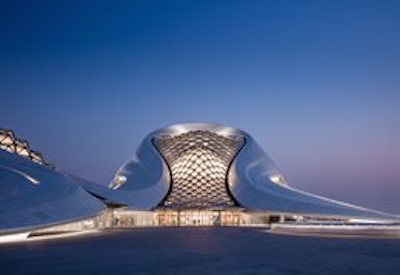
May 22, 2017
Twenty-two award winners representing architectural lighting design projects from eight countries comprise the winners of the 34th Annual International Association of Lighting Designers (IALD) International Lighting Design Awards.
Of the 22 projects recognized, 21 IALD member projects earned awards: 3 entry earned a special citation, 14 earned awards of merit; 4 received awards of excellence; and 1 outstanding project earned the highly-coveted Radiance Award.
The highest point score winner across all categories, in addition to receiving an Award of Excellence for their project, receives the IALD Radiance Award for Excellence in Lighting Design.
Beijing United Artists Lighting Design received this honour for the first time, for the Harbin Opera House in Harbin, China.
Known as “the ice city,” Harbin now houses an expansive, impressive opera house. Responding to the surrounding frozen landscape, the design team worked with the motto of “lighting the rhythm of the frozen music.”
Set in the northern city’s untamed wilderness and frigid climate, the building boasts a crystal-like purity and transparency, blending in with nature and the topography. The challenge of the lighting design was in finding ways to reveal the purity and clarity of the space while enriching the visitor’s experience of both the space and the music within.
The team devised three ways of lighting the main atrium in one piece of roof, developing a hierarchy. At the lobby entrance, a “welcome mat” of light; in the middle, a super indirect light; and on the wooden shell at the end of the lobby, a vertical glow. All light fittings are completely hidden in the architecture, creating a pleasant rhythm of light unobstructed by technical details, and unplagued by hot spots or sharp corners.
The wooden shell is a focal point of the lobby; washed lighting from above gives the whole lobby a warm inviting atmosphere. On the canopy outside, spotlights were placed in slots, directing light on the ground to avoid reflection and allow people inside to see out.
To create a twinkling effect on the pyramidal glass roof, the designer selected a quarter of each faceted unit, attaching it with dotted film. Sunlight adds a twinkle to each pyramidic unit, creating different glass reflections throughout the day. At night, the filmed glass is grazed from below by LED light bars, seeming to glow from within and attracting visitor attention from far away. In the big theatre, the architect called for a glowing “diamond” for the owner’s VIP area above the mezzanine. Custom RGB LED fixtures are hidden behind the acrylic diamond panel and transition from starry white to warm amber, changing according to the event or the seasons.
The starry, twinkling diamond approach is repeated in the corridor connecting the basement parking plaza and the main lobby: fibre optic lighting minimizes visual impact but creates a dreamy, starry grand entrance at the steps.
“This team generated incredible lighting solutions to accompany an incredible piece of sculptural architecture,” one judge wrote of the project. “Just WOW,” wrote another.
Within the smaller theatre, guests are reminded of the exterior of the building by the panoramic window behind the stage. This seamless connection to the outdoors mimics the gleaming ripple effect of the lake outside. The gleaming ripples of light on the walls are created by narrow-beam in-ground fixtures, carefully placed at the aisles along the walls. The irregular wall texture works with the light to create drama, rhythm, and pleasing shadows.
To achieve purity in the space, it was important to designers that guests see the light and not the fixtures. The concept designer worked with a software expert and an industrial designer. Together, this team calculated the illumination of each space, while making expert recommendations on where fixtures might be hidden. Through their efforts, visitors can explore the beauty of the space without awareness of any lighting fixtures.
“This is a breathtaking lighting integration and a stunning technical achievement,” another judge wrote. “The lighting design could not support the architecture any better. The audacity of the design amazes.


